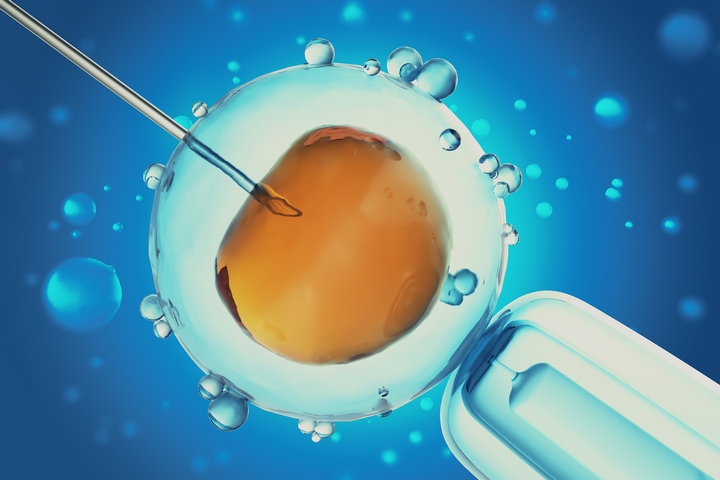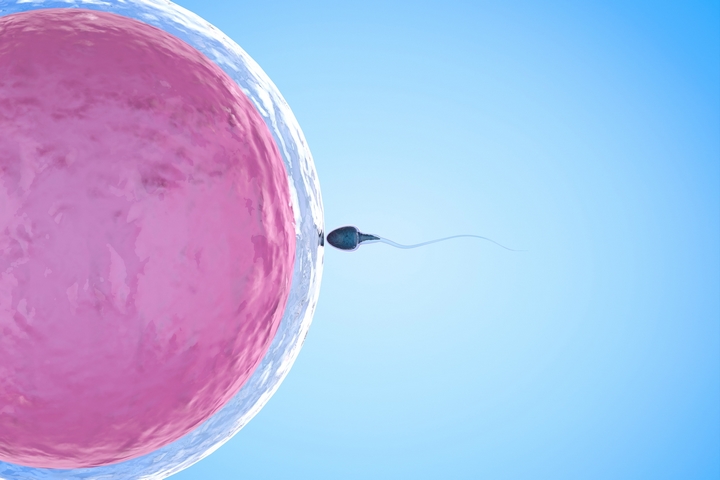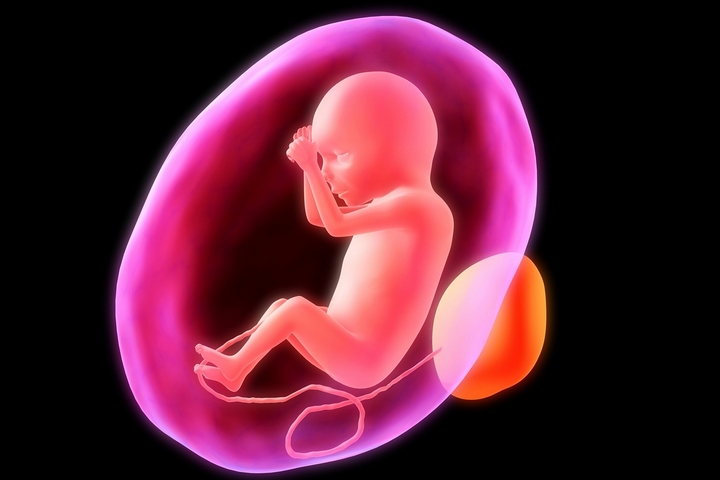Between 11.5 and 15.7 percent of all Canadian couples struggle with infertility. The chances of infertility increase as the couple’s age increases as well. Although many people believe waiting until their mid-thirties is the best time to get pregnant, as they’re financially secure, this may hinder their efforts to procreate.
Luckily, with modern advances in science and fertility, there are options aside from natural procreation that can help struggling couples get pregnant.
If you’re experiencing infertility and you’re considering which treatment options are right for you, now’s the time to act. You’re on your way to life’s most exciting journey, and you’ll want to make sure you’re prepared by asking all the right questions.
1. What Options Are Available?

Being unable to procreate naturally can be a very disheartening experience. The good news, however, is that there are many options available to you so that you can bring your sweet bundle of joy into the world. The first step is to know which options are available to you, and which options are best in regards to your current situation. Fertility treatments can include:
- Fertility drugs
- In vitro fertilization (IVF)
- Intrauterine insemination (IUI)
- Zygote intrafallopian transfer (ZIFT)
- Gamete intrafallopian transfer (GIFT)
- Intracytoplasmic sperm injection (ICSI)
The two most common types are IVF and fertility drugs.
2. What Are the Risk Factors I Might Encounter?

There are two different kinds of fertility drugs: oral and injectable. Fertility drugs can cause bloating, headaches, hot flashes, mood swings, breast tenderness, and ovarian hyperstimulation syndrome. Your chances of developing side effects, however, depend on which medication you take, how your body handles the medication, and how much you’re taking.
When it comes to IVF treatments, you may experience some similar side effects such as bloating and breast tenderness, but you may also experience cramping, constipation, and the passing of clear or bloody fluid post-procedure.
It’s essential to speak with your doctor about what other risk factors you might encounter. Use these to help you determine which option poses the lowest risk, and what you can expect later down the line.
3. Is There an Age Limit to Fertility Treatments?

While it is not impossible to have a child past the age of 40, the chances of becoming pregnant are significantly lower. Many clinics will not take clients who are past 40, simply due to poor live birth rates. If you are experiencing infertility, it is best to not wait until it’s too late to try in vitro fertilization treatments.
4. What Are the Chances of Getting Pregnant?

While pregnancy is, of course, not guaranteed with any type of fertility treatment, it does significantly help a woman’s chances of becoming pregnant. IVF contributes to a 40-percent increase of women in their late 20s getting pregnant. As the woman ages, these chances decrease. There is a 30-percent increased chance of a woman from 30 to 38 getting pregnant, and a 10 percent chance of a woman from 39 to 43 getting pregnant using IVF.
When it comes to fertility drugs, 80 percent of women ovulate within their first three months of taking the medication. Of these women, 30 to 40 percent become pregnant by their third treatment cycle.
5. How Expensive Are the Different Options?

Many women do not attempt any fertility treatments before it’s too late due to the cost. Fertility treatments can be somewhat expensive, but can you really put a price on bringing a child into the world? IVF treatments can cost upwards of $10,000 and fertility pills can cost anywhere between $10 to $100 per month.
While it may be a large upfront investment for results that are not guaranteed, becoming a mother is by far worth it.

